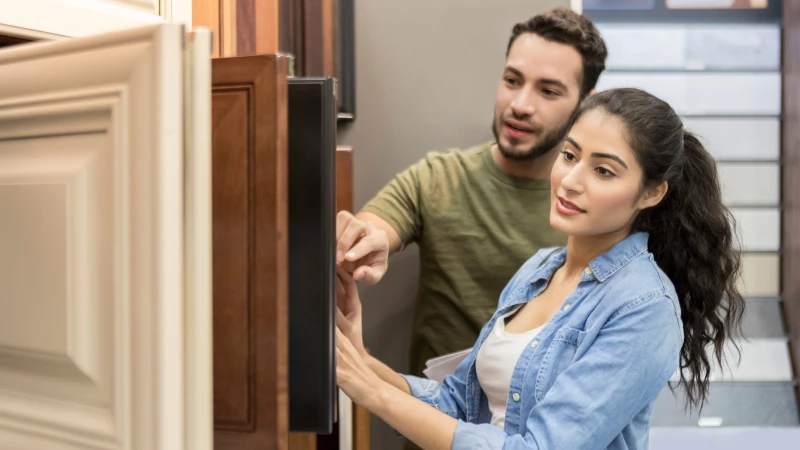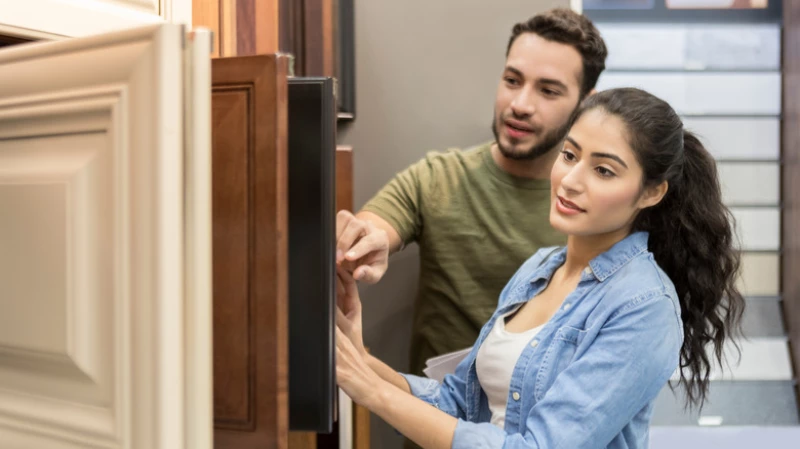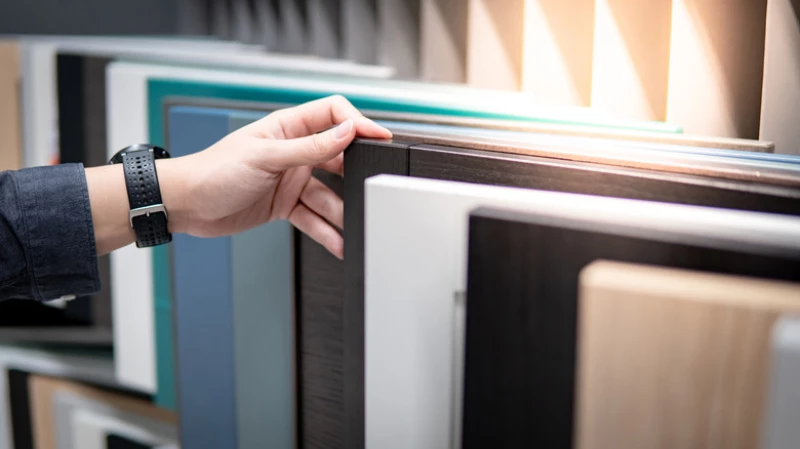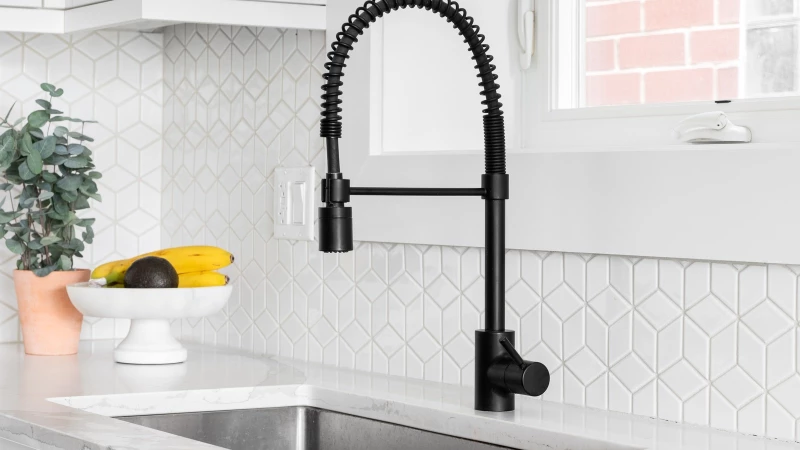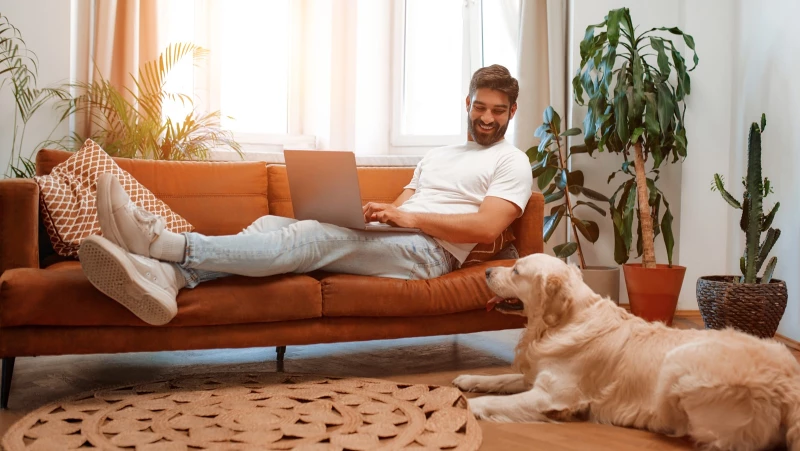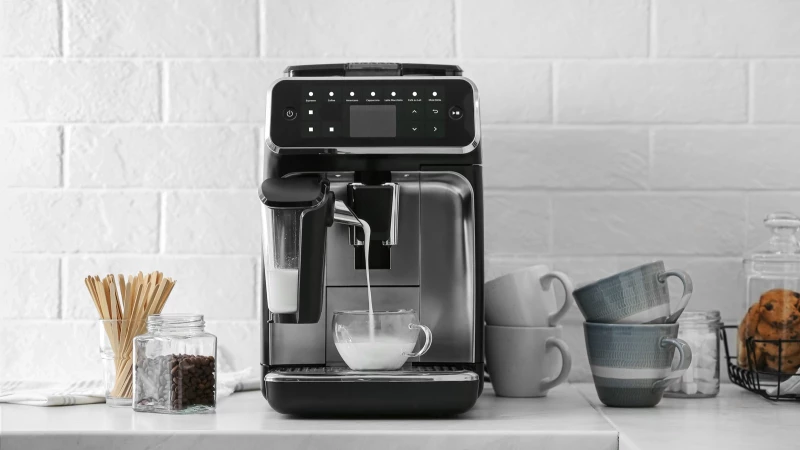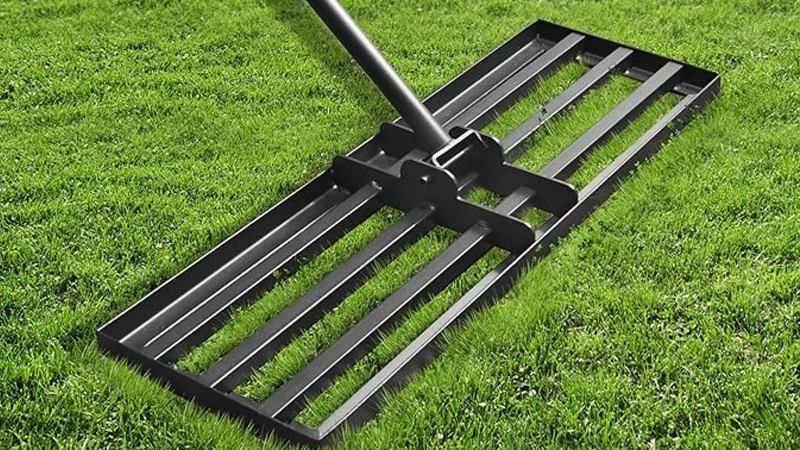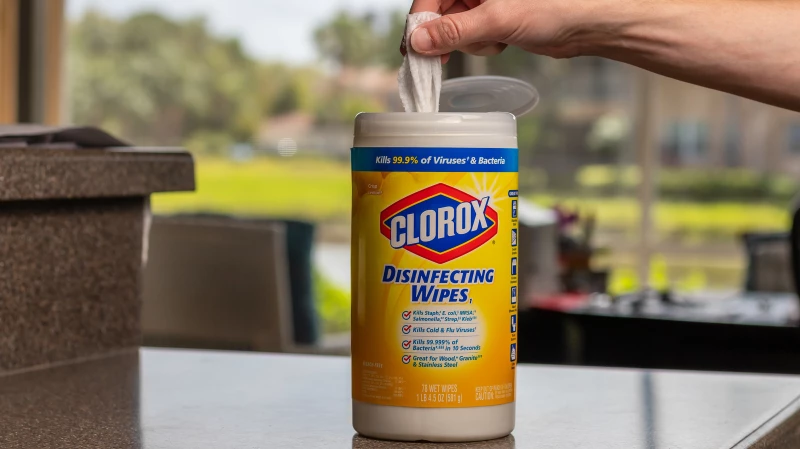Benefits of Do-It-Yourself End Panels for Kitchen Cabinets
When it comes to furnishing your dream kitchen, the cost of cabinets can quickly add up. Many people opt for alternatives like used or salvaged cabinets to save money. However, even if you decide to purchase cabinets from a major retailer like Home Depot, there are ways to reduce expenses. One cost-effective strategy is to buy unfinished cabinets and complete the finishing touches yourself. Additionally, cutting and installing the material for the end panels independently can result in significant savings compared to buying pre-made panels.
End panels play a crucial role in enhancing the aesthetics of your kitchen cabinets, particularly on exposed sides. By adding decorative frames or trims, you can elevate the overall look of the cabinets and conceal any imperfections or gaps. Moreover, end panels are essential for incorporating crown molding into your cabinet design. While opting for pre-fabricated end panels may offer convenience, they are often more expensive and limit customization options. Therefore, embarking on a do-it-yourself project to create end panels can be a cost-efficient and rewarding choice.
One 23.25-inch x 34.5-inch unfinished end panel piece can cost around $30 at Home Depot while a finished one with an attached fill strip and similar dimensions can cost around $40. On the other hand, a 4-foot x 8-foot cabinet-grade plywood panel, which can be used to create multiple panels, costs around $50. Getting the raw materials and putting in some effort can go a long way when you need multiple end panels. It's especially worth it if you already have some wood boards lying around.
Doing the end panels yourself can also give you a lot more flexibility with the design. Cutting the materials yourself allows for customization to fit specific dimensions so you can use only as much material as is necessary. This isn't only for new cabinets, either. If you want to refresh plain end panels because the edges look a bit worn, for example, this is an affordable way to do it.
End panel DIY
To DIY, first, get the right material for your wood boards and plywood pieces. The key is to match them to your cabinets, so look for the same grade and thickness. Next, get the measurements of the cabinet surface so you can cut the pieces to create the structure. Note that building these panels is a project for more experienced DIYers. You'll hopefully already have the necessary tools and a high level of skill so that the process is not only more cost-effective in terms of materials, but also labor and equipment. Still, some big box stores might be able to help you with the wood-cutting, so that's something to look into if you'd like to save time.
To add a decorative touch to your cabinets, you have two options: nailing the boards directly to the cabinet end or creating a separate frame. If you choose to create a frame separately, it allows for a more customized look, especially if you want the end panels to match the cabinet doors. On the other hand, nailing the boards directly is a quicker option as long as you ensure they are straight and aligned. For those opting for a separate frame, the process involves painting the frame and plywood, attaching them, and then screwing the panel onto the cabinet from the inside for a seamless finish on the surface.

